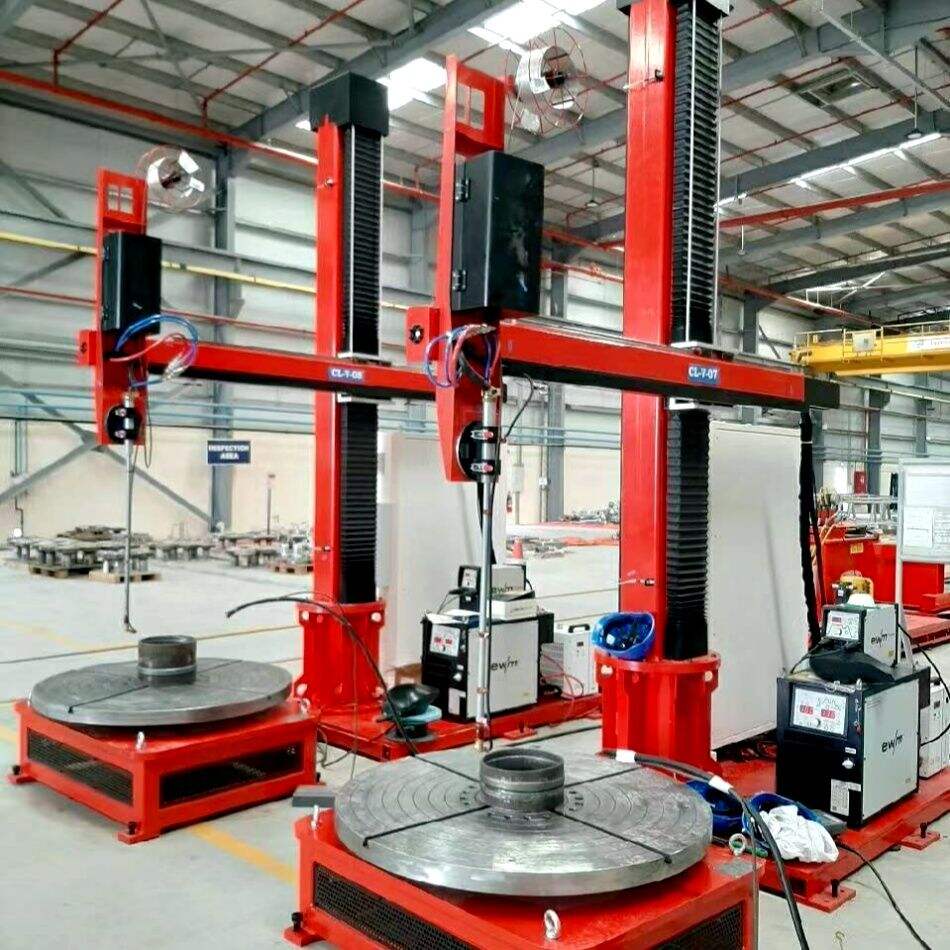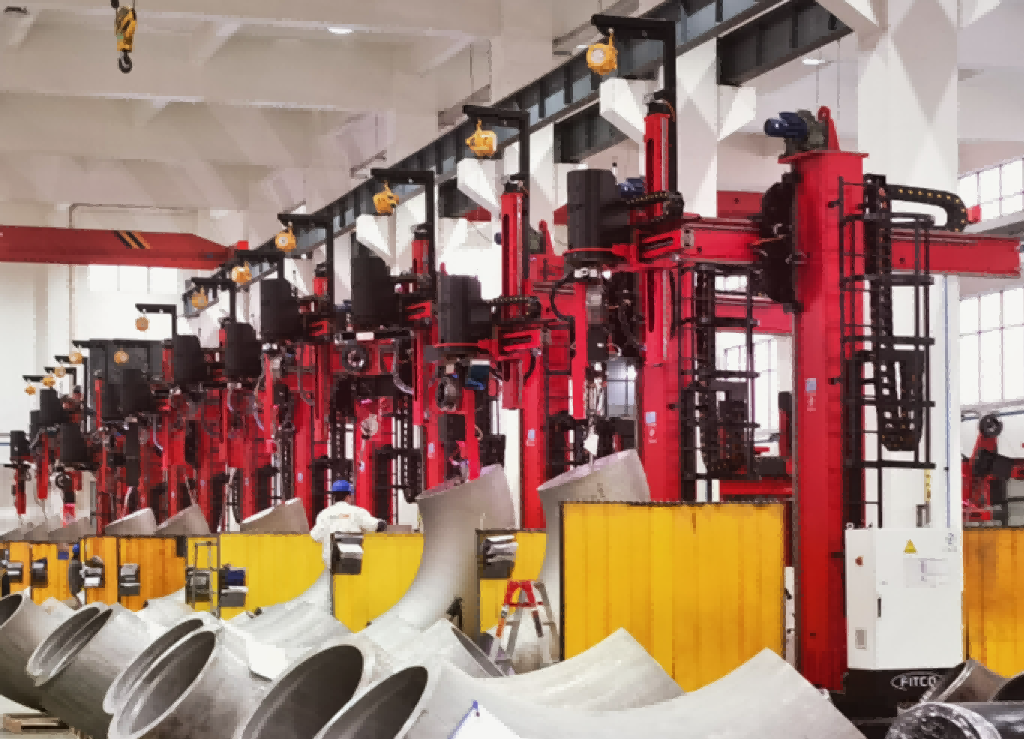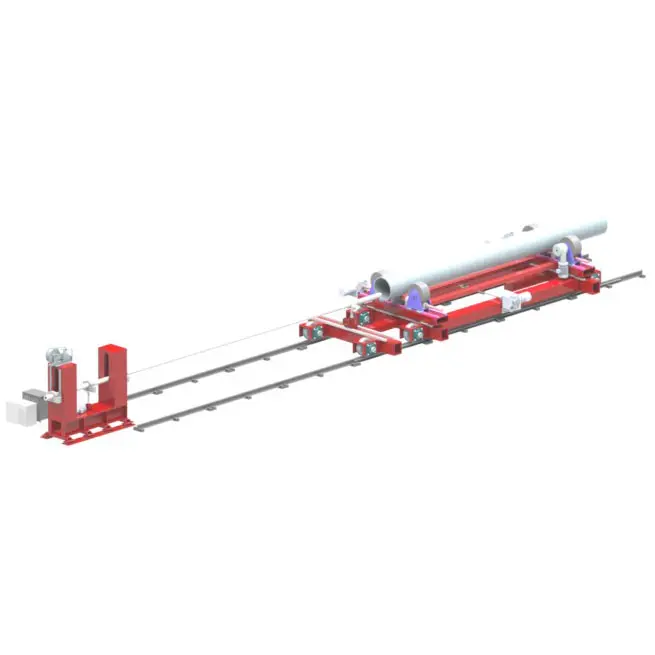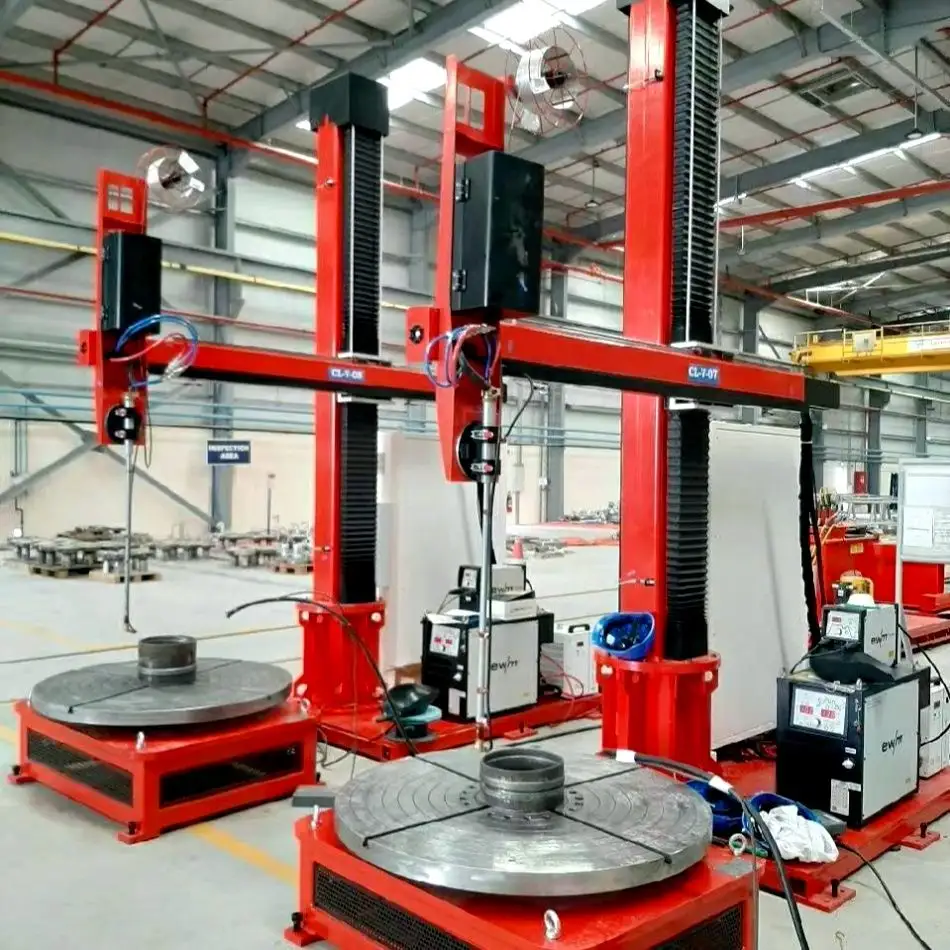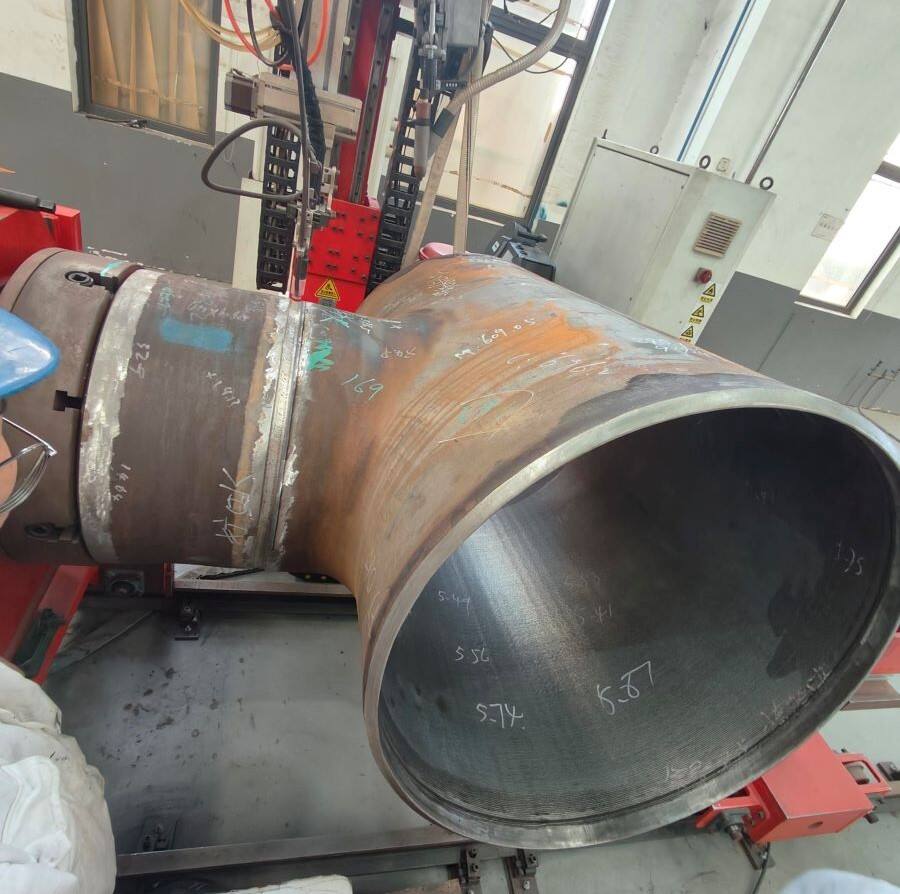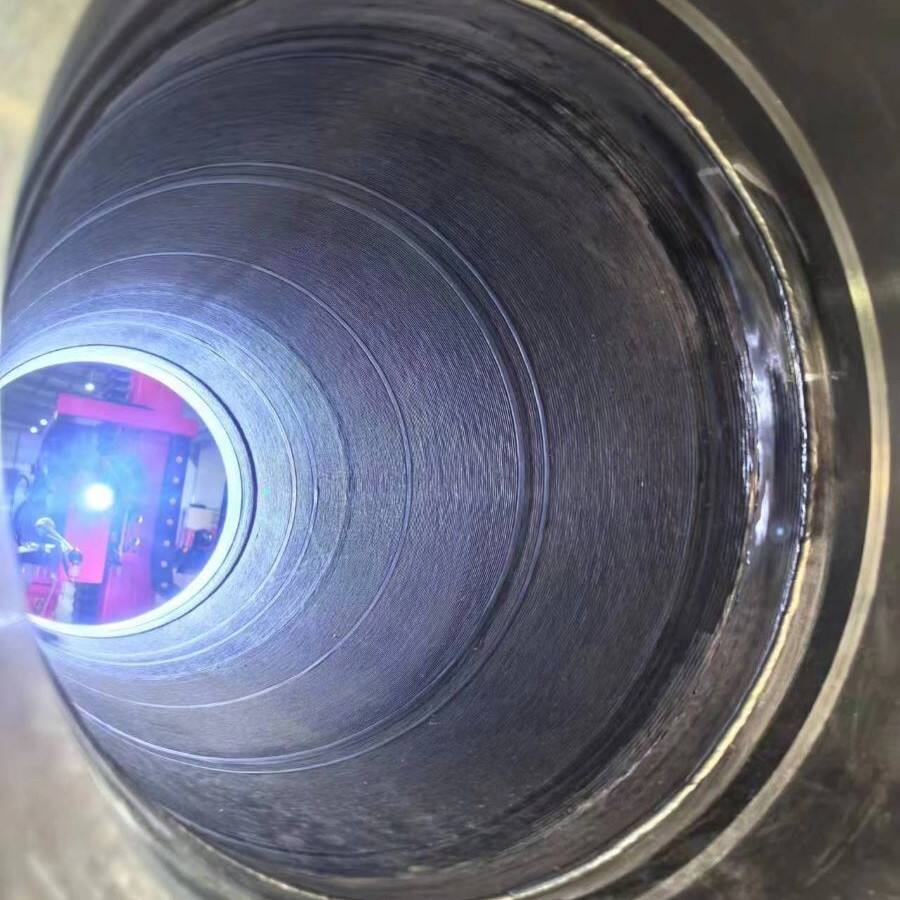china weld overlay cladding machine
The China weld overlay cladding machine represents a cutting-edge solution in surface engineering technology, designed to apply protective metallic layers onto base materials through automated welding processes. This sophisticated equipment utilizes advanced control systems to precisely deposit weld material, creating a metallurgically bonded overlay that enhances the substrate's properties. The machine features a robust mechanical structure capable of handling various workpiece sizes and geometries, complemented by a user-friendly interface that enables precise parameter control. It incorporates multiple welding heads that can operate simultaneously, significantly improving production efficiency. The system's automated positioning and movement control ensure consistent overlay quality across large surfaces, while real-time monitoring systems maintain weld parameters within specified tolerances. Applications span across diverse industries, including oil and gas, petrochemical, power generation, and marine engineering, where components require superior corrosion resistance and wear protection. The machine's versatility allows for the application of different cladding materials, including stainless steel, nickel-based alloys, and other specialized metals, making it an invaluable asset for manufacturers seeking to enhance product durability and performance.

 EN
EN
 AR
AR BG
BG HR
HR CS
CS DA
DA NL
NL FI
FI FR
FR DE
DE EL
EL HI
HI IT
IT JA
JA KO
KO NO
NO PL
PL PT
PT RO
RO RU
RU ES
ES SV
SV TL
TL IW
IW ID
ID LT
LT UK
UK SQ
SQ HU
HU TH
TH TR
TR FA
FA AF
AF CY
CY MK
MK LA
LA MN
MN KK
KK UZ
UZ KY
KY